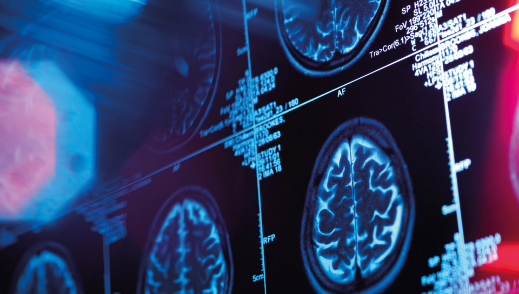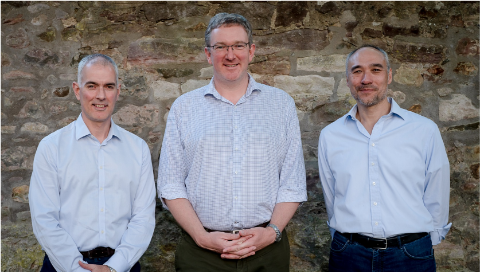Blackford Analysis
How imaging practices can evaluate which AI products will drive clinical and business benefits for their practice.
Continuing our blog series on AI in healthcare and imaging, today we look beyond the challenges to explore how AI can deliver genuine clinical benefits.
Today, large health systems have made the business case and begun deploying AI. These trailblazers are investing small amounts of resource and capital in order to prove the clinical and business use cases for AI in healthcare, linking activity in radiology with downstream value for referrers. A comparable analogy is low dose lung cancer screening, for which reimbursement didn't exist for many years, even though its clinical benefits had been validated. It took Lahey Health to begin a pilot program with no cost lung screening for a relevant population to prove that model, which subsequently became eligible for CMS reimbursement. Stroke: a case in point Some of the most compelling advances for AI have been in stroke management. In 2018 it was found that stroke treatment was viable for 24 hours rather than the previously thought 6 hours. The impact of this was that stroke went from a $3Bn market to a $10Bn market overnight. What’s important to note in stroke is that imaging helps determine the best route for a particular patient – whether to treat them at the spoke site or transfer to the hub, and the subsequent orchestration of various care teams to allow that to happen. From an AI business case perspective, a radiology study for stroke enables a huge amount of activity – and therefore value – downstream. However, while stroke is sufficiently valuable that it's worth building a standalone parallel infrastructure - not the case for any other condition. That's why a platform approach is so powerful, as it enable multiple clinical pathways to be supported efficiently, depending on imaging results. An AI-enabled future To understand how the industry will respond to the AI challenge, you need only look at the increasing activity around reimbursement, from NTAP payments to new CPT codes and even MCIT coverage. In addition, clinical application vendors are getting much better at understanding how to present their value to customers. AI has the potential to deliver benefits across all four elements of the quadruple aim of healthcare:- Individual patients achieve better outcomes, while their understanding of their condition, and therefore experience, can also be improved.
- Population health is improved through earlier detection and better characterisation of conditions, even before the patient appears ill.
- Payers realize cost savings as a direct result of those earlier and more effective interventions.
- Clinicians are better equipped to deal with the increasing complexity of imaging studies and how to communicate meaning to referrers.











